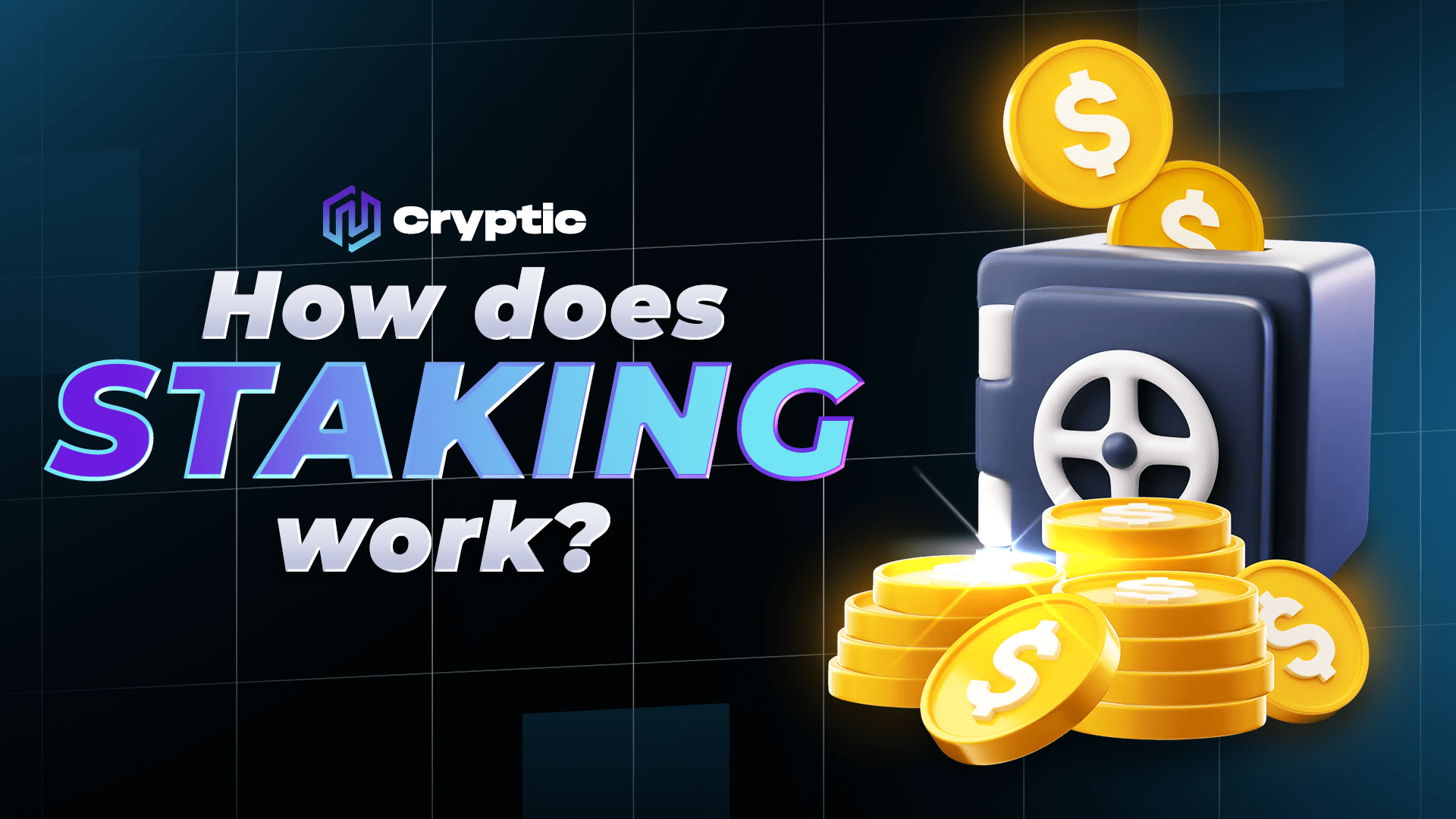Staking has become an increasingly popular concept in the world of cryptocurrency, offering users the opportunity to earn passive income while also contributing to the security and decentralization of blockchain networks. In this article, we will explore what staking is, how it works, the different types of staking, and its pros and cons.
What is Staking?
Staking is the process of participating in the consensus mechanism of a blockchain network by locking up a certain amount of cryptocurrency in a dedicated wallet. This process helps to secure the network and validate transactions, similar to how miners confirm transactions in a proof-of-work system. In return for staking their tokens, users are rewarded with additional tokens as an incentive for helping to maintain the network.
<h2>How Does Staking Work?</h2>
Staking works by users depositing a specified amount of cryptocurrency into a staking wallet, which is then used to support the network’s operations. The amount of cryptocurrency required for staking varies depending on the network, with some requiring a minimum threshold of tokens to participate. Once the tokens are staked, users can earn staking rewards based on the amount of cryptocurrency they have staked and the duration of time they have been staking.
Staking rewards are typically distributed as additional tokens, which are generated through the network’s consensus mechanism. These rewards can be claimed periodically or automatically added to the user’s staking balance. In some cases, staking rewards may also be subject to slashing penalties if a user engages in malicious behavior or fails to uphold the network’s rules.
Types of Staking
Users can participate in several types of staking mechanisms, each with its own set of requirements and incentives. Some of the most common types of staking include:
Proof-of-Stake (PoS) – In a Proof-of-Stake system, validators are chosen to create new blocks and validate transactions based on the number of tokens they have staked. Validators are selected randomly, with larger stakers having a higher chance of being chosen. PoS systems are designed to be more energy-efficient and scalable compared to traditional proof-of-work systems.
<li>Delegated Proof-of-Stake (DPoS) – DPoS systems allow users to vote for delegates who will validate transactions on their behalf. Delegates are typically chosen based on their reputation and performance, with users being able to change their delegate at any time. DPoS systems are known for their high throughput and low latency, making them ideal for applications that require fast transaction speeds.</li>
<li>Masternodes – Masternodes are full nodes that are responsible for processing transactions and maintaining the integrity of the network. In exchange for staking a large amount of cryptocurrency, masternode operators are rewarded with a portion of the block rewards generated by the network. Masternodes are typically required to fulfill certain criteria, such as having a stable Internet connection and a minimum amount of tokens staked.</li>
Pros and Cons of Staking
Staking offers several advantages for users looking to earn passive income and contribute to the security of blockchain networks. Some of the key pros of staking include:
- Passive Income: Staking allows users to earn rewards simply by holding onto their cryptocurrency and supporting the network’s operations.
- Security: Staking helps to secure the network and prevent malicious actors from controlling the majority of the network’s resources.
- Decentralization: Staking promotes decentralization by distributing power among a larger number of users, rather than centralizing it in the hands of a few miners or validators.
- However, staking also comes with some potential drawbacks that users should be aware of. Some of the cons of staking include:
- Locked Funds: Staking requires users to lock up a certain amount of cryptocurrency, which may limit their ability to trade or access their funds.
- Slashing Penalties: Users who engage in malicious behavior or fail to uphold the network’s rules may be subject to slashing penalties, resulting in a loss of staked tokens.
- Market Risks: The value of staked tokens may fluctuate along with the market, affecting the overall value of the user’s staking rewards.
conclusion
staking is a popular method for users to earn passive income and support the security and decentralization of blockchain networks. By understanding how staking works, the different types of staking available, and the pros and cons associated with staking, users can make informed decisions about whether staking is the right choice for them. Whether you are an experienced cryptocurrency investor or new to the world of blockchain technology, staking offers a unique opportunity to participate in the exciting world of digital assets.



